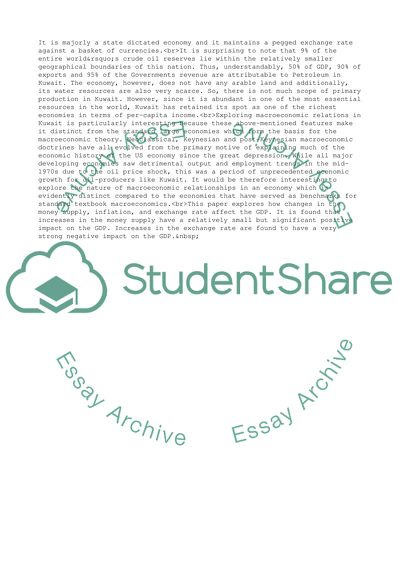Cite this document
(“Impacts of Money Supply, Inflation and Exchange Rate in Kuwait Term Paper”, n.d.)
Impacts of Money Supply, Inflation and Exchange Rate in Kuwait Term Paper. Retrieved from https://studentshare.org/business/1765366-effect-of-exchange-rate-money-supply-and-cpi-on-gdp
Impacts of Money Supply, Inflation and Exchange Rate in Kuwait Term Paper. Retrieved from https://studentshare.org/business/1765366-effect-of-exchange-rate-money-supply-and-cpi-on-gdp
(Impacts of Money Supply, Inflation and Exchange Rate in Kuwait Term Paper)
Impacts of Money Supply, Inflation and Exchange Rate in Kuwait Term Paper. https://studentshare.org/business/1765366-effect-of-exchange-rate-money-supply-and-cpi-on-gdp.
Impacts of Money Supply, Inflation and Exchange Rate in Kuwait Term Paper. https://studentshare.org/business/1765366-effect-of-exchange-rate-money-supply-and-cpi-on-gdp.
“Impacts of Money Supply, Inflation and Exchange Rate in Kuwait Term Paper”, n.d. https://studentshare.org/business/1765366-effect-of-exchange-rate-money-supply-and-cpi-on-gdp.


